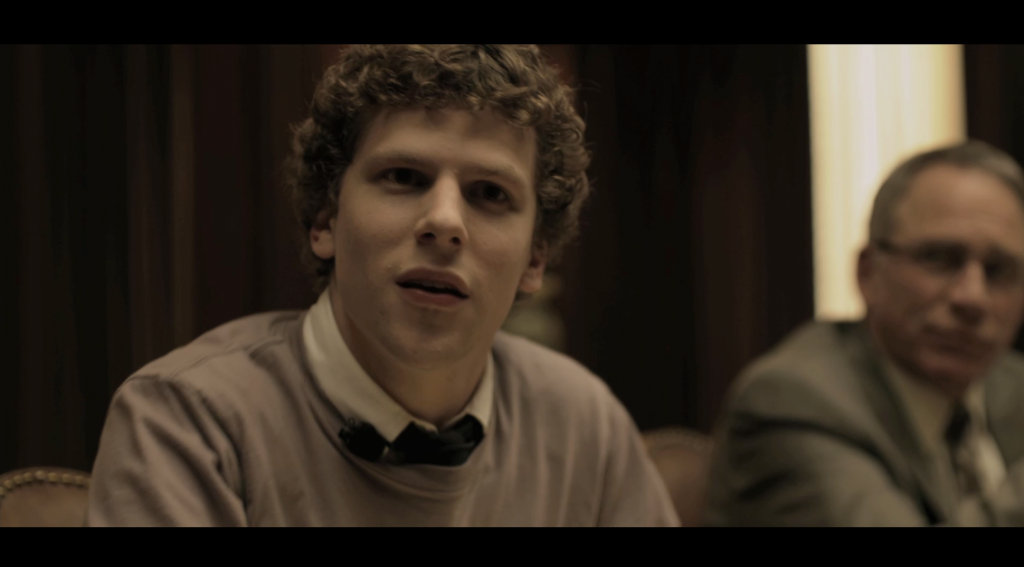*This video includes clips and commentary for both “Swing Time” and “Shall We Dance”, so don’t turn it off after the Bojangles number! Also my voice cracks a lot in a weird way… I guess I’m becoming a real man.*
This, more than any previous Race in Film post, gets to the nitty gritty of the whole series, and I am very nervous.
It might be strange to get timid nine posts in, but there seems to be no rhyme or reason to what I am comfortable talking and not talking about.
Judy Garland is fair game, but Fred Astaire… Fred Astaire…
He is the man that makes my knees lose themselves.
I am in love with his high waisted pants, his receding hairline, and his feeble chin. He is supremely comforting. Like a Danny Kaye five thousand times more poised. My idolization is so great I suspect I unconsciously chose my first teenage boyfriend because he bore a striking resemblance to the man (but no trace of his panache).
Can you find offense with a film and still love it with all your heart? I think so… but it’s not fun.
There is a tendency, when someone suggests something might be offensive, for people to swarm in and point out all the reasons why it isn’t and could never be, before considering how it could be perceived that way. So, you are immediately alienated.
The need to belong, as uncool an admission as it is, is primal. There is safety in numbers. Good times to be had inside fun rooms. Jokes and laughing. Knowingness. A supreme and rare silence: evidence of comfort not unease. Being in is good. Being out is constant navigation. Talking about race in well loved movies places you firmly “outâ€.
I don’t even want to talk about it with myself.
You dirty whore. Do you know what you’re doing? Do you even know? You’re betraying Fred. That’s what you’re doing. And after all he’s done for you. Congrats on ruining everything. Have a nice life. I’m out!
Says a voice in my mind.
It’s a wispy voice this voice. It doesn’t carry much weight. But still it’s there flitting around like a vulgar gnat. A testament perhaps to a unhealthy dependency on RKO musicals. Rationally, I understand it’s ridiculous, but anxiety remains. I feel a real hesitancy in saying anything vaguely critical about Astaire. Like a member of my family. I don’t want to hurt his feelings, or disrupt our merry relationship. I’d like to keep Fred completely and totally untarnished. Perfect in every way…
But to do that I’d have to completely ignore his “Bojangles of Harlem†routine in the 1936 film Swing Time directed by George Stevens, and choreographed by Astaire and long time collaborator Hermes Pan.
Read More »



